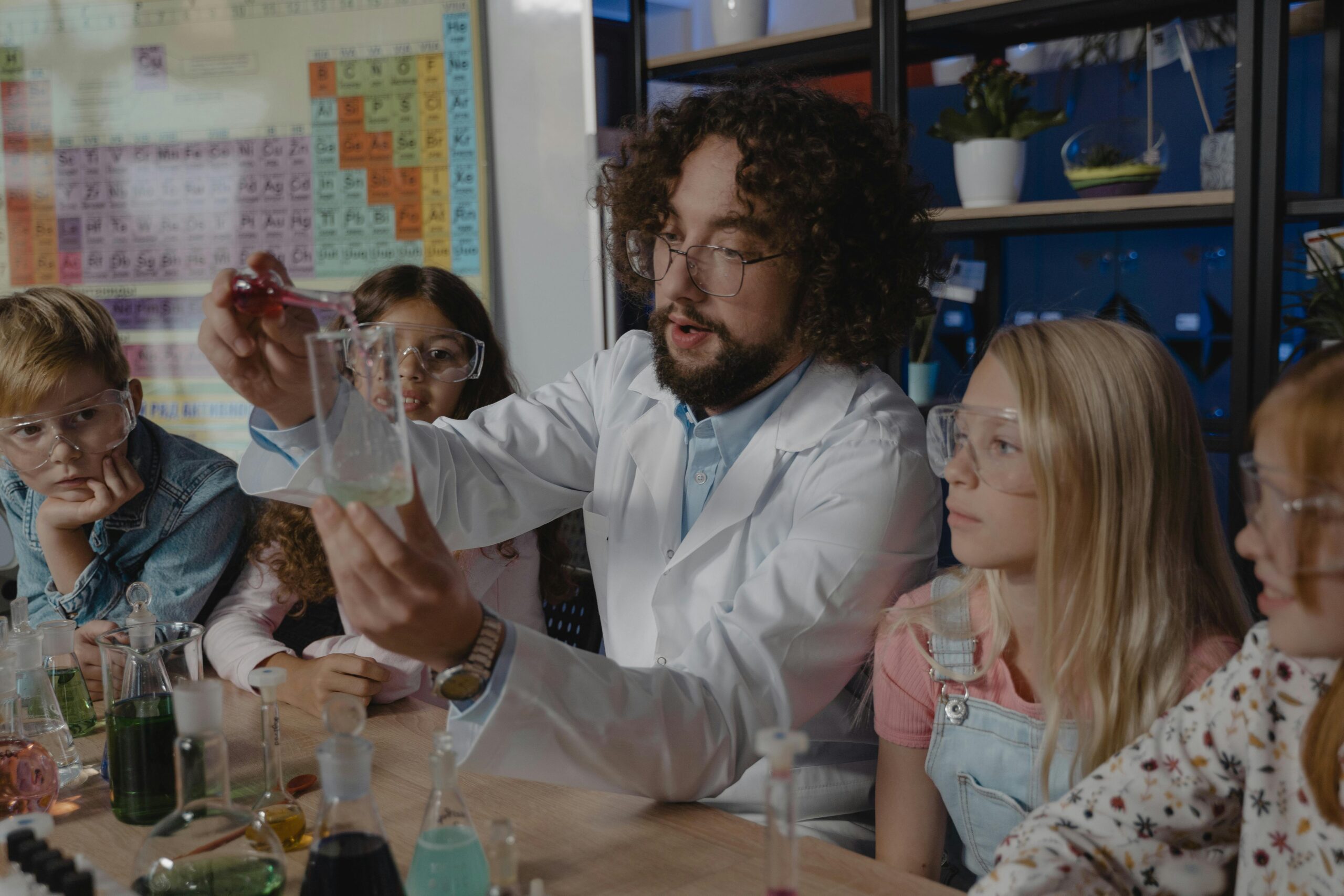
Six Metaphors to Build an Incubator of Peace for Your Kids
A little while ago, I heard about a news report that gave me pause. ABC’s Good Morning America team interviewed the Chief of the New York Fire Department who said not only are the people infected by the coronavirus increasing in New York, but 23 percent of first responders have now been infected. The ones who rush in to save others are contracting the very disease they are combating. Many sleep in their cars when they return home so their families don’t catch it.
In many ways, you are a first responder to students. And their virus is anxiety.
We spoke to hundreds of educators over the past few weeks, as students study from home instead of attending school. The top question we heard from teachers was:
“How can I help students who are anxious…when I’m anxious myself?”
Especially in the 21st Century, it’s easy for first responders in education (teachers) and first responders at home (parents) to catch the very contagious anxiety our students have. We’re around it all the time. So, what if we built an “incubator of peace.”
Your Classroom or Home Can Be an Incubator of Peace
I read some data recently that reminded me of why our classrooms are so important. Far too often, they’re the safest place your students experience. Did you know that more than one in three U.S. children have experienced at least one major trauma by the time they enter kindergarten?
This means before they’ve had a chance to focus on reading, writing, or arithmetic, they’re sorting out just getting through the day. People like you are not only tasked to teach but to be a coach, a referee, a cheerleader, and a therapist as well. While 78 percent of teachers believe it is part of their job to help students develop strong social and emotional skills, less than 3 in 10 teachers reported that they had received mental health training, according to an Education Week Research Center survey. The bottom line? Most of us know our kids need far more than help with test scores in school. They need help socially and emotionally.
Their problems are not merely academic. Kids need a sense of peace.

An Incubator of Peace
When babies are born prematurely, they often need an incubator. Because they’re not fully ready for life, an incubator provides a safe place to begin to grow outside the womb. No nurse tries to place the infant back into her mother’s womb. Instead, the nurse creates a place like a womb while still preparing them to live in the real world. That’s what we must do emotionally for many kids.
Six Metaphors to Building an Incubator of Peace for Kids
1. Expand your definition of your role: Be a Life Coach.
Over the last century, teaching has been reduced to a merely academic role in student’s lives. This is no longer the primary need. A student’s inability to manage emotions, for instance, may be the reason he or she can’t learn. What if you saw yourself first as a life coach, and your subject was a platform to mentor kids holistically? Parents, what if you did the same and leveraged every opportunity to build life skills in your kids?
2. Check the hearts of your students: Be a Doctor.
One of our Habitudes® images is “Stethoscopes and Treatments.” Good doctors always diagnose a patient by using a stethoscope to listen to the heart before prescribing a treatment. Effective leaders approach kids the same way—they read them before they lead them. Leaders recognize that a kid’s context explains their conduct. Discern what’s going on inside your students before you proceed with your instruction.
3. Practice the Law of Reciprocal Proportions: Be a Peace Officer.
The law of reciprocals is simple to understand but hard to practice. Whatever negative emotions surface from your students, demonstrate the opposite. If they get loud, speak softly. If they’re upset, express peace and understanding. Just like in math class, every fraction has a reciprocal. I believe we can change the atmosphere of a room—not by mirroring our kids’ behavior but by practicing its reciprocal.
4. Launch an air attack before a ground attack: Be a Military Commander.
In wartime, our military usually launches an air attack to remove the enemy’s artillery before moving in on the ground with infantry. In our context, this means to remove any sources of anxiety you can for a period of time—social media on smartphones being the chief culprit. Once you take out the sources of a problem, the ground attack is easier.
5. Find ways to teach social and emotional skills proactively: Be a Counselor.
I made a decision to be proactive in building social and emotional skills in my students and my own children. Being proactive meant I prioritized those skills as much as any subject I was teaching at the time. I chose to model the qualities/behaviors I wanted them to embrace and talk about them consistently.
6. Insert those conversations into your regular routines: Be a Trainer.
Once I chose the qualities and behaviors that led to peace and poise—social and emotional learning—I didn’t just add a class to our already crowded schedule. I inserted these qualities into the normal agenda of the day. Like a trainer at a fitness center, I helped them get their “reps” in, mastering peace like they’d mastered anxiety.
I know you’re busy this semester, but please remember that the social and emotional learning your students receive may be the single most important takeaway they’ll gain from you.
Wes Blake is a middle school teacher in Cincinnati who’s modeled this brilliantly. He wrote to me last year saying he walked into his classroom one day and didn’t say a word. His students had already begun their work, knowing exactly what needed to be done. A student had put some music on (at an appropriate volume), and kids were even encouraging and helping each other until they finished before the bell rang. At that point, they walked the therapy dog since they had some extra time. Wes said he was so proud of his kids both academically and emotionally.
When students possess social and emotional skills, they have peace. And when they experience peace, most things take care of themselves.
Want to go deeper on this topic of social and emotional learning? We’ve created a new, free e-book on the subject called The Case for Social & Emotional Learning. It places the issues in an easy to grasp plan. Click here to download it now.






